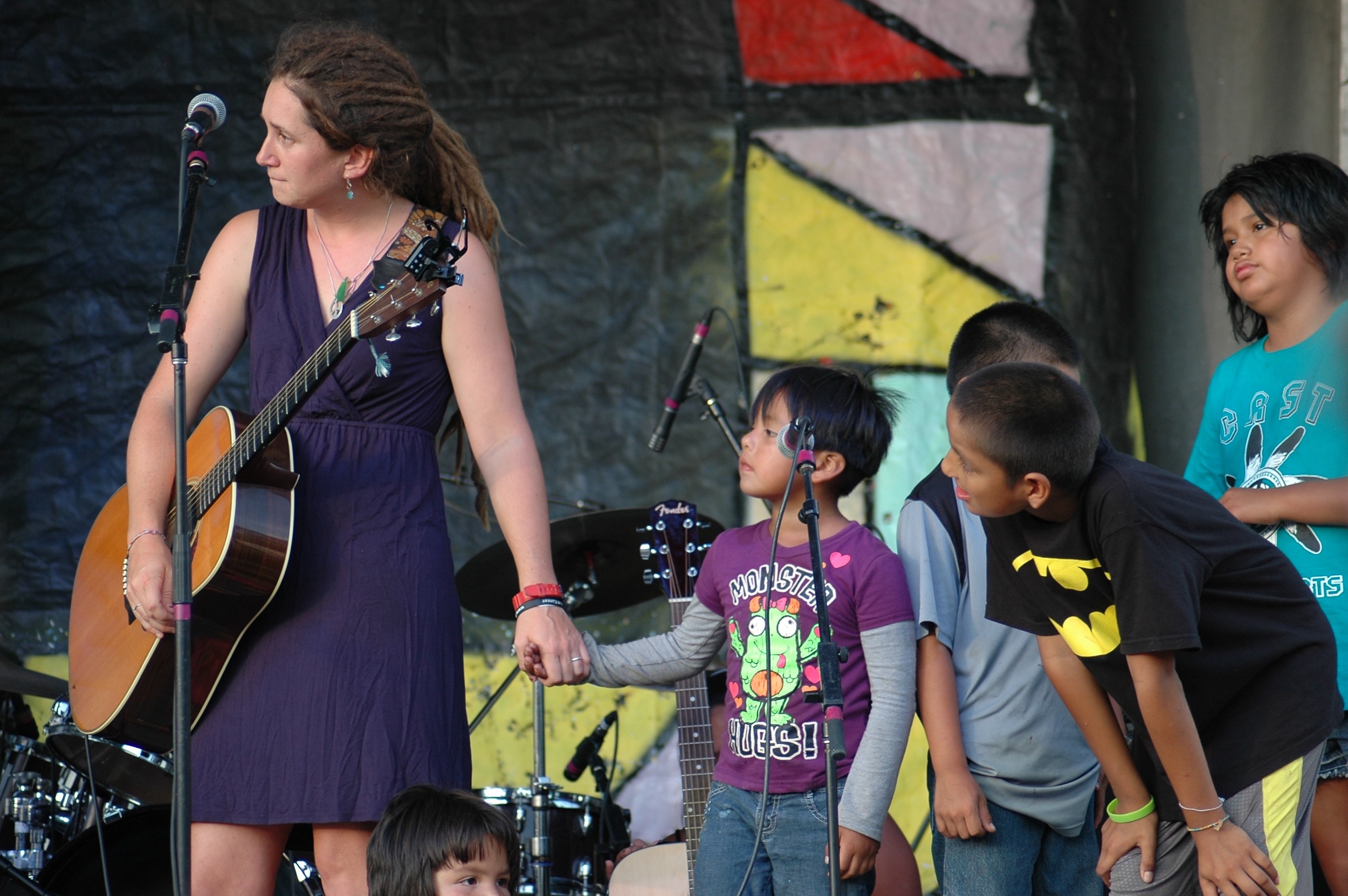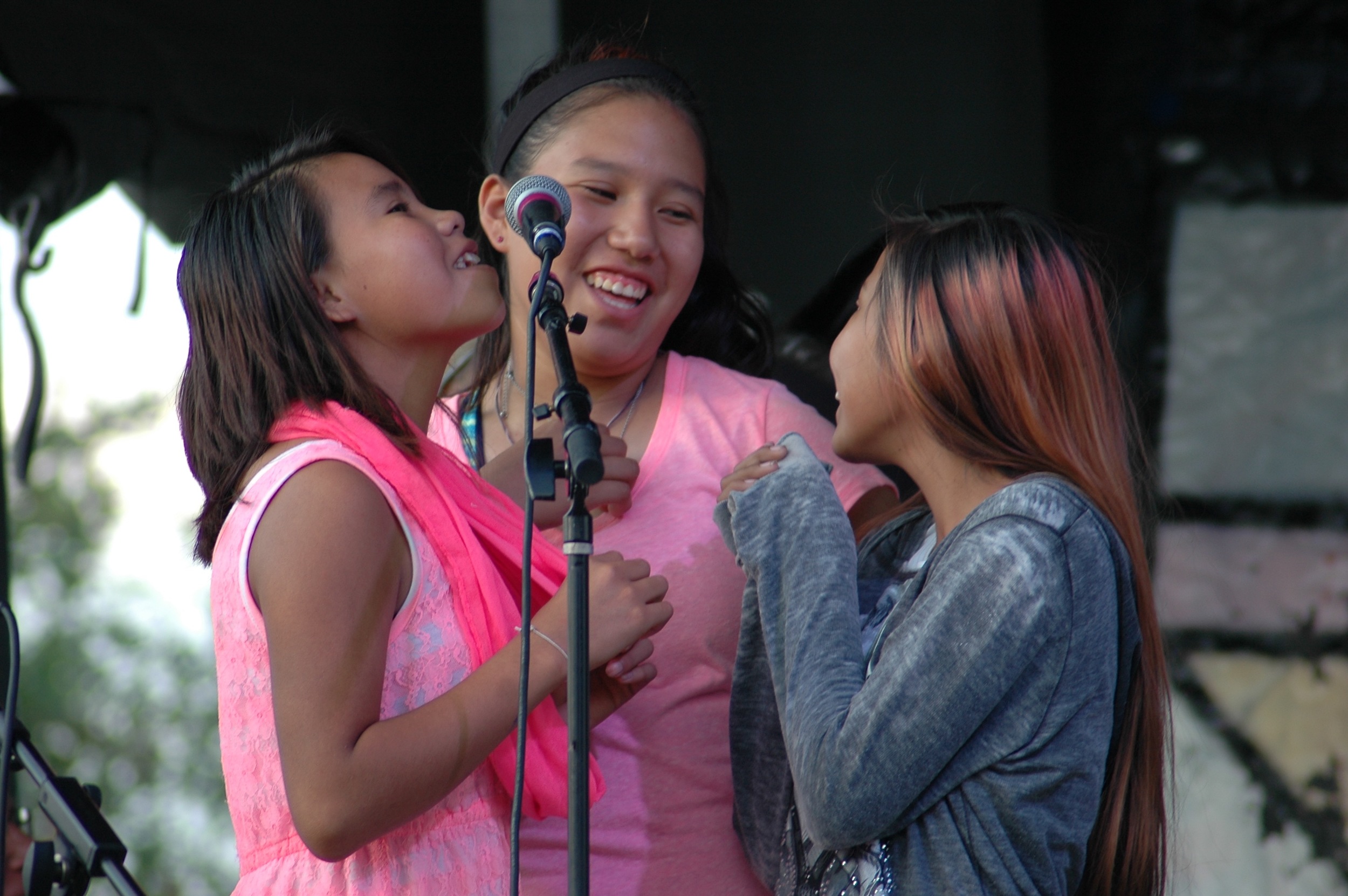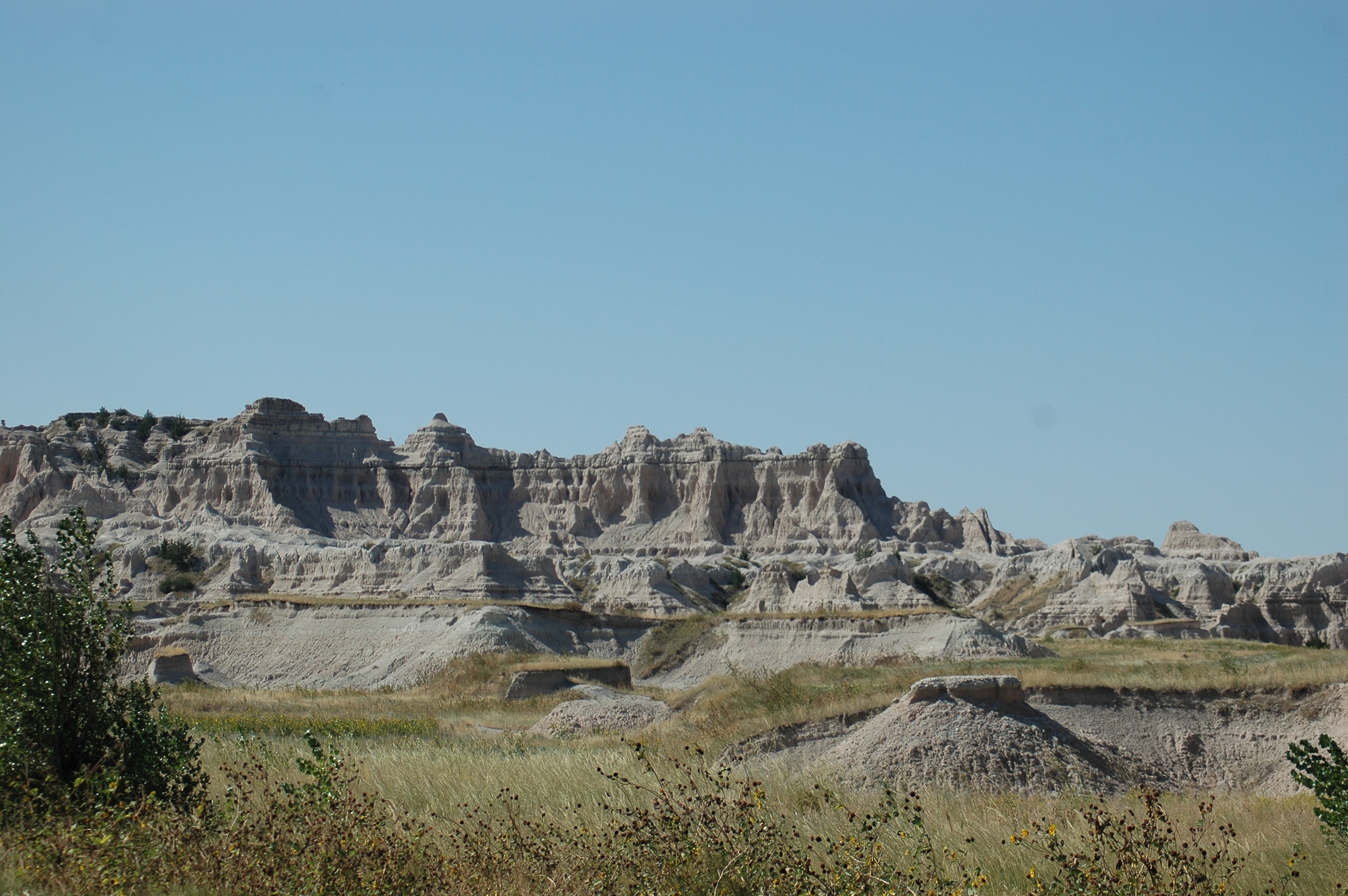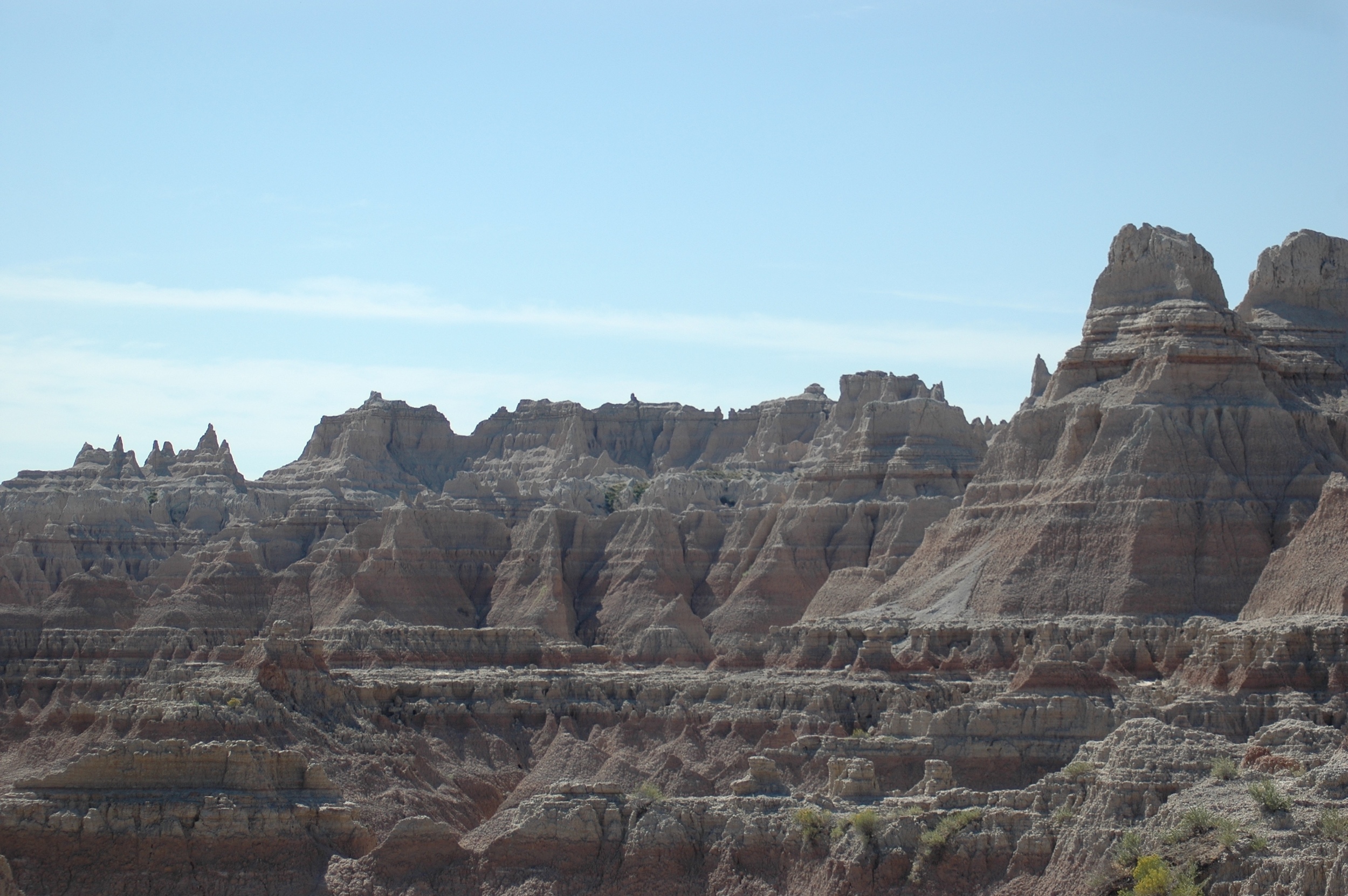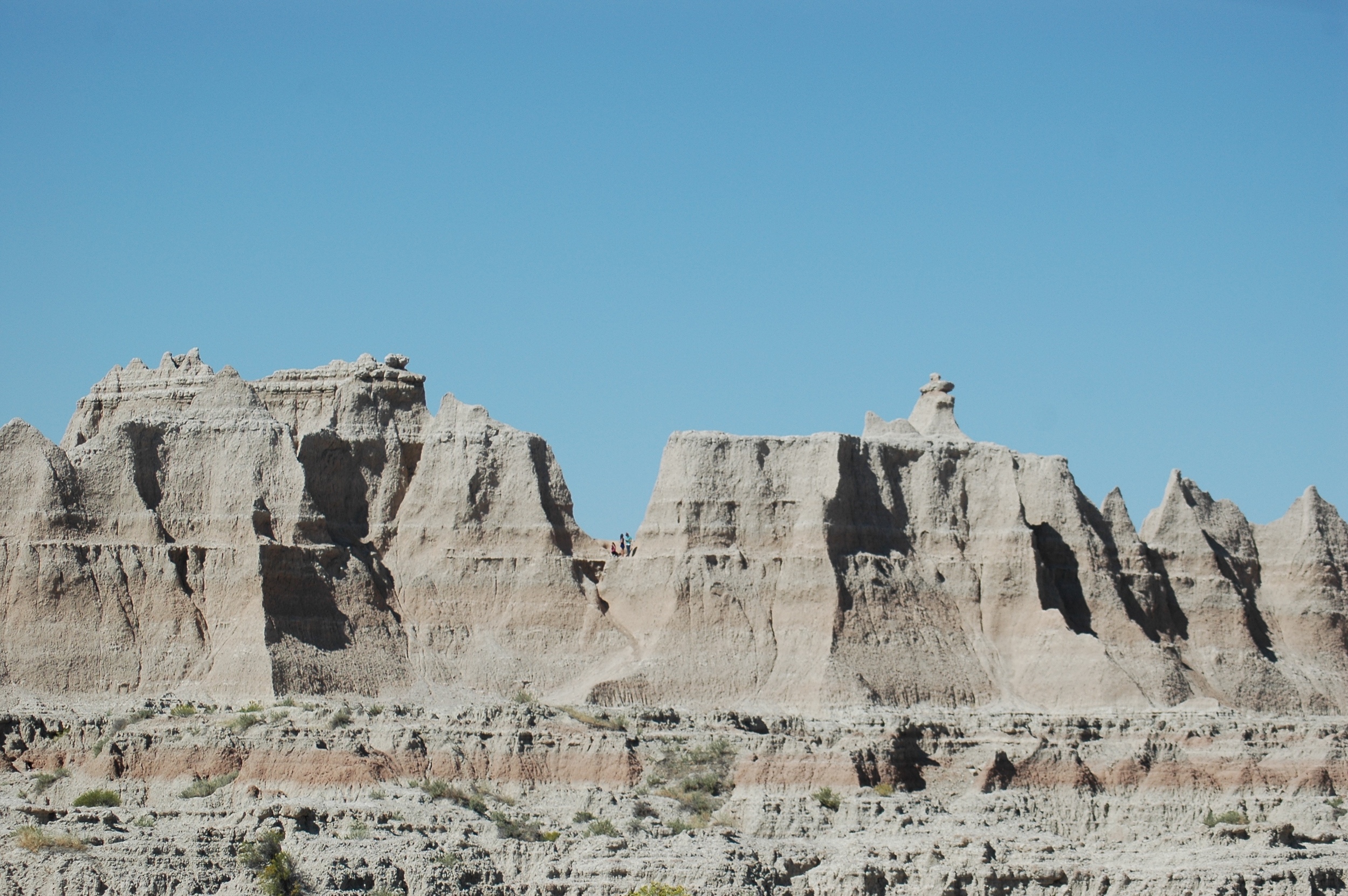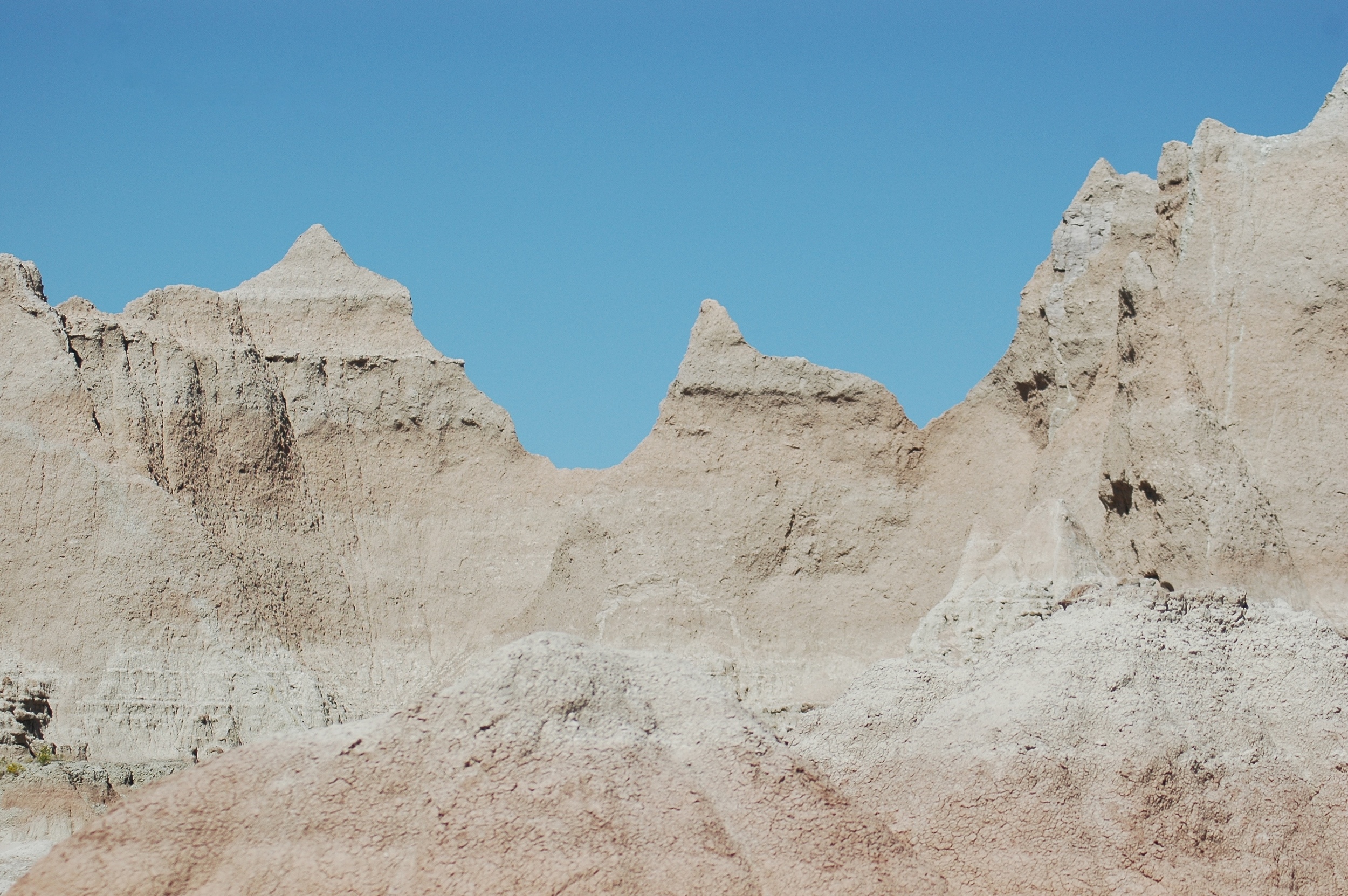I've been home for less than 24 hours, and I'm already reflecting on this summer on the Reservation. (Shocking.) I've done this extended trip twice now, and while I'm somewhat seasoned to the routine, no stay is the same nor should it be expected to remain the same.
From a growing perspective, the garden produced beautifully and continues to do so under the watchful and attentive eyes of six individuals in town. Perhaps my proudest moment was the kids' first pay-what-you-can farm stand. They wanted to sell vegetables to raise money for a new piece of playground equipment, which they would like to vote on collectively. How cool is that?! My heart swelled as I watched adults in town, some whom I have not seen all summer, pull in with their cars, look around, support the kids' efforts, and ask when we were going to do this again. What really sunk in: People crave vegetables and good food. Now, it's accessible in La Plant.
And, the kids really did help. I had a steady stream of them take informal shifts, ask to hold up road signs to drum up more business (some even made kites with the word "farm stand" on them), keep me company at the stand, and ask questions about vegetables, how I learned to grow food, school, and if I miss La Plant and them when I'm not there. (The answer to the last question, while largely choking back tears: "Of course I do, goofball!)
I think this event really solidified that food is a magnificent, wonderful, unifying force. And, it's changing things, albeit slowly, on the Reservation.
This was not an easy summer. I dealt with many issues well beyond my scope of training and ones that I could not have anticipated, particularly youth suicide and navigating the mental health resources available to people in the area. Life on the Reservation can be unpredictable, tragic, heart-breaking, incredibly frustrating, nonsensical, and indescribable to family and friends who haven't been there. But, I truly take the ambassador aspect of my job to heart, and every trip to La Plant underscores the ongoing need to tell the stories of the people there, namely the children whom I have grown to love. I'm grateful for the challenges, new allies and support systems forged, the amazing successes (including the farm stand and the kids' participation in the Unity Concert in the Black Hills!), and the enormous learning curve of this summer.
Now, here are some sights of late summer in South Dakota (including a trip to the Badlands!).














